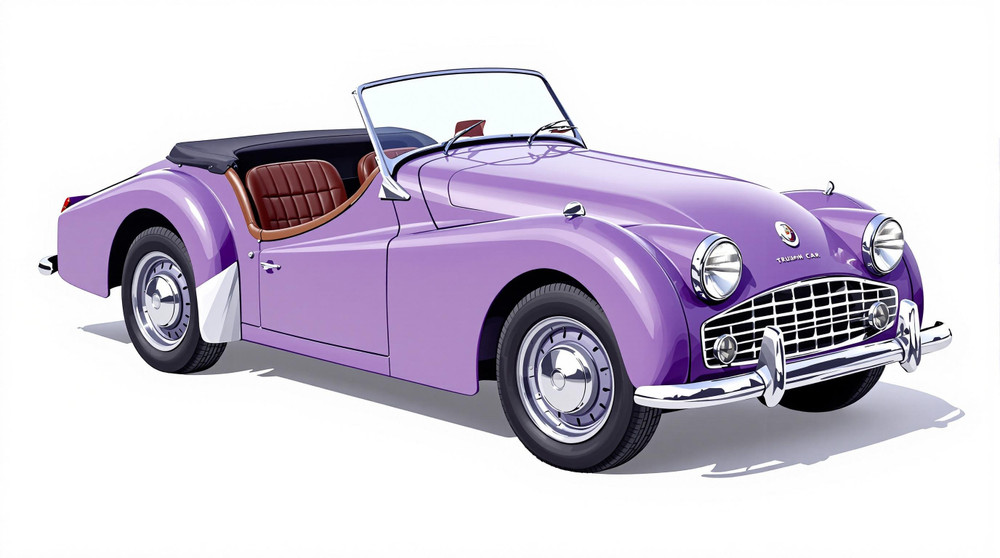Image of 1956 Triumph Tr3, Note: These illustrations use artistic license and may differ from actual historical models.
Performance Metrics
Fundamental Metrics
Emotional Appeal
MMP Rating
| Engine Specifications | |
|---|---|
| Engine: | Inline 4 |
| Displacement: | 1991 cc |
| Horsepower: | 95 hp at 5000 rpm |
| Torque: | 117 lb-ft at 3000 rpm |
| Compression Ratio: | 8.5:1 |
| Ignition System: | Coil and distributor |
| Cooling System: | Water-cooled |
| Performance Specifications | |
| 0-60 Time: | 12 seconds |
| 1/4 Mile Time: | 18 seconds |
| Top Speed: | 105 mph |
| Transmission and Drive | |
| Drive Type: | Rear-wheel drive |
| Transmission Type: | 4-speed manual |
| Fuel and Efficiency | |
| Fuel System Type: | Twin SU carburetors |
| MPG: | 25-30 mpg |
| Dimensions and Brakes | |
| Brakes: | Front disc brakes, rear drum brakes |
| Wheelbase: | 88 inches |
| Weight: | 2100 lbs |
Note: Specifications for classic cars are given to the best of our ability, considering the limited and variant data available.
1956 Triumph TR3: A True British Sports Car Icon
The 1956 Triumph TR3 not only captures the essence of post-war British motoring but also stands as a testament to enduring design and engineering. Born from the storied assembly lines of the Standard-Triumph Motor Company, this classic sports car emerged during an era when open-top driving was synonymous with freedom and adventure. The TR3 carved its niche in automotive history by offering a blend of performance, style, and affordability that was unmatched at the time. Its participation in grueling rallies and races etched its name into the annals of motorsport lore.
Design and Innovation
With its cutaway doors, distinctive grille, and swooping fenders, the 1956 Triumph TR3's exterior exudes a timeless allure. The bodywork, crafted from steel with aluminum hood, doors, and trunk lid, was both elegant and purposeful. Inside, the cockpit was an exercise in minimalism, featuring a large banjo-style steering wheel and a straightforward layout of gauges set into a body-colored dashboard. The materials, though simple by today's standards, were robust and suited to the car's sporty character.
Technologically, the TR3 was ahead of many peers with features like front disc brakes—a rarity for sports cars in that era. Color options ranged from Signal Red to Powder Blue, with British Racing Green being an all-time favorite among enthusiasts. The most iconic body style was undoubtedly the roadster with its optional removable hardtop that gave drivers the best of both worlds.
Historical Significance
The Triumph TR3's introduction of disc brakes to mass-produced sports cars marked a pivotal moment in automotive safety and performance. It wasn't just about stopping power; it was about making spirited driving more accessible. This innovation rippled through the industry, setting new standards for what drivers could expect from their vehicles.
Performance and Handling
The heart of the 1956 Triumph TR3 was its 1991cc inline-four engine which propelled it to a top speed nearing 105 mph—a respectable figure for its time. The sprint from 0-60 mph could be achieved in approximately 10.8 seconds. Handling was characterized by direct steering and a firm ride that communicated every nuance of the road to the driver. The symphony of the exhaust note added to the visceral experience behind the wheel.
Ownership Experience
The TR3 was versatile enough to serve as a daily driver or weekend racer. Its mechanical simplicity meant that maintenance could often be performed by owners themselves, fostering a strong DIY culture among Triumph enthusiasts. While reliability reflected the technology of its day, many parts remain available thanks to a dedicated network of suppliers catering to classic British sports cars.
Fun Facts
The TR3 has seen its fair share of celebrity ownerships and has been featured in numerous films and television shows over the years. It set several endurance records during its heyday and has been both praised for its charm and critiqued for its lack of creature comforts compared to modern vehicles.
Collector's Information
Today, a well-preserved 1956 Triumph TR3 can fetch anywhere from $20,000 to $40,000 depending on condition, originality, and provenance. Approximately 13,377 units were produced during its run from 1955 to 1957 before being succeeded by the TR3A. As with many classic cars, values have generally appreciated over time as they become rarer and more sought after by collectors.
Conclusion
The 1956 Triumph TR3 remains an emblematic figure in classic motoring circles—a car that encapsulates the joy of driving in its purest form. Its legacy continues to influence restorers and collectors alike who are drawn to its combination of beauty, simplicity, and performance. Whether on winding country roads or proudly displayed at car shows, the TR3 endures as a true classic that captures hearts across generations.
1956 Triumph Tr3 Catalog of Parts
 1956 Triumph TR3 Tail-light Lens Gaskets. Pair-LG 3000-140Tail-light Lens Gaskets. Pair
1956 Triumph TR3 Tail-light Lens Gaskets. Pair-LG 3000-140Tail-light Lens Gaskets. Pair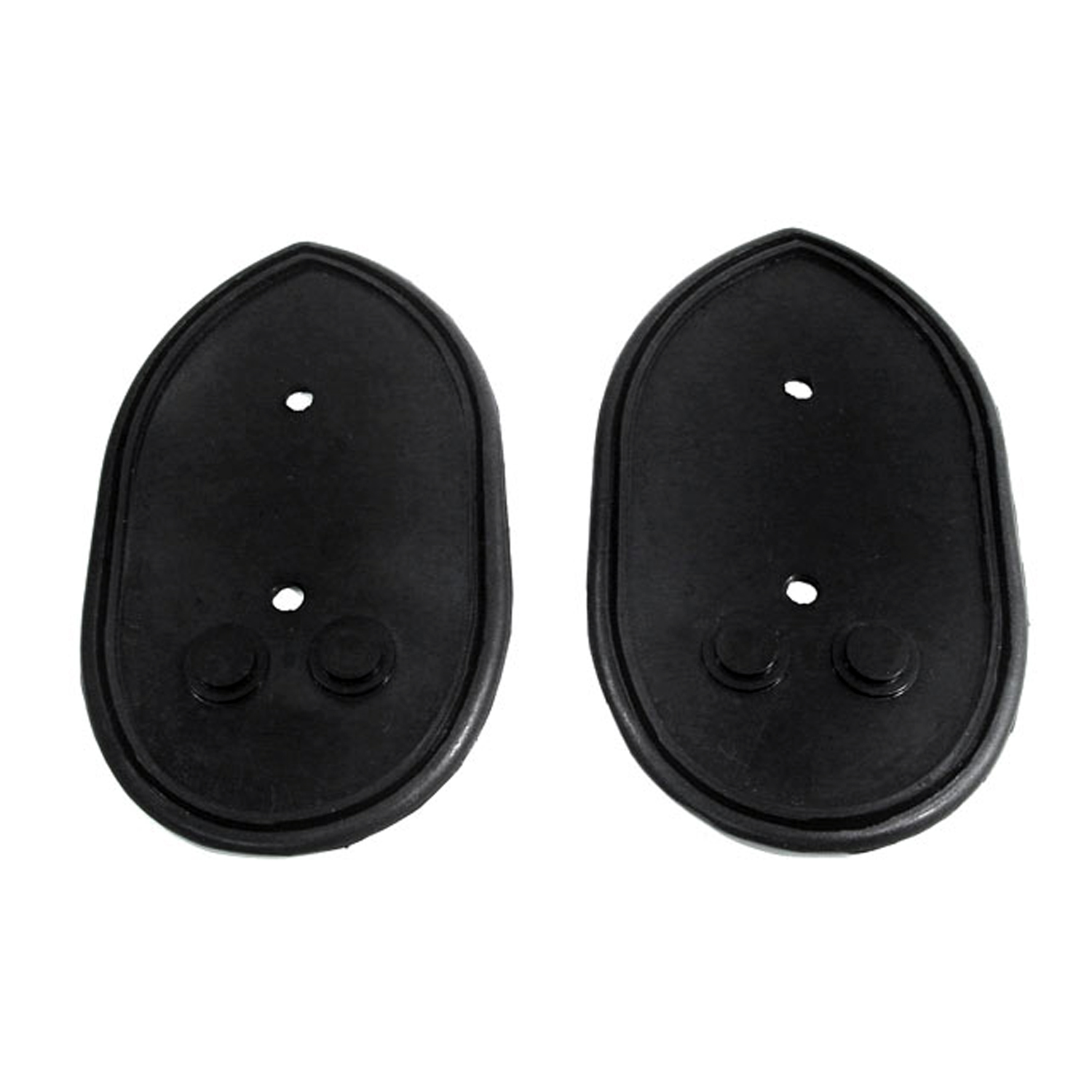 1956 Triumph TR3 Tail-light Pads. 3-1/4" wide X 5-1/2" long. Pair.-MP 999-ATail-light Pads. 3-1/4" wide X 5-1/2" long. Pair.
1956 Triumph TR3 Tail-light Pads. 3-1/4" wide X 5-1/2" long. Pair.-MP 999-ATail-light Pads. 3-1/4" wide X 5-1/2" long. Pair. 1956 Triumph TR3 License Light Pad. 4-7/8" wide X 2-1/2" long. Each-MP 999-BBLicense Light Pad. 4-7/8" wide X 2-1/2" long. Each
1956 Triumph TR3 License Light Pad. 4-7/8" wide X 2-1/2" long. Each-MP 999-BBLicense Light Pad. 4-7/8" wide X 2-1/2" long. Each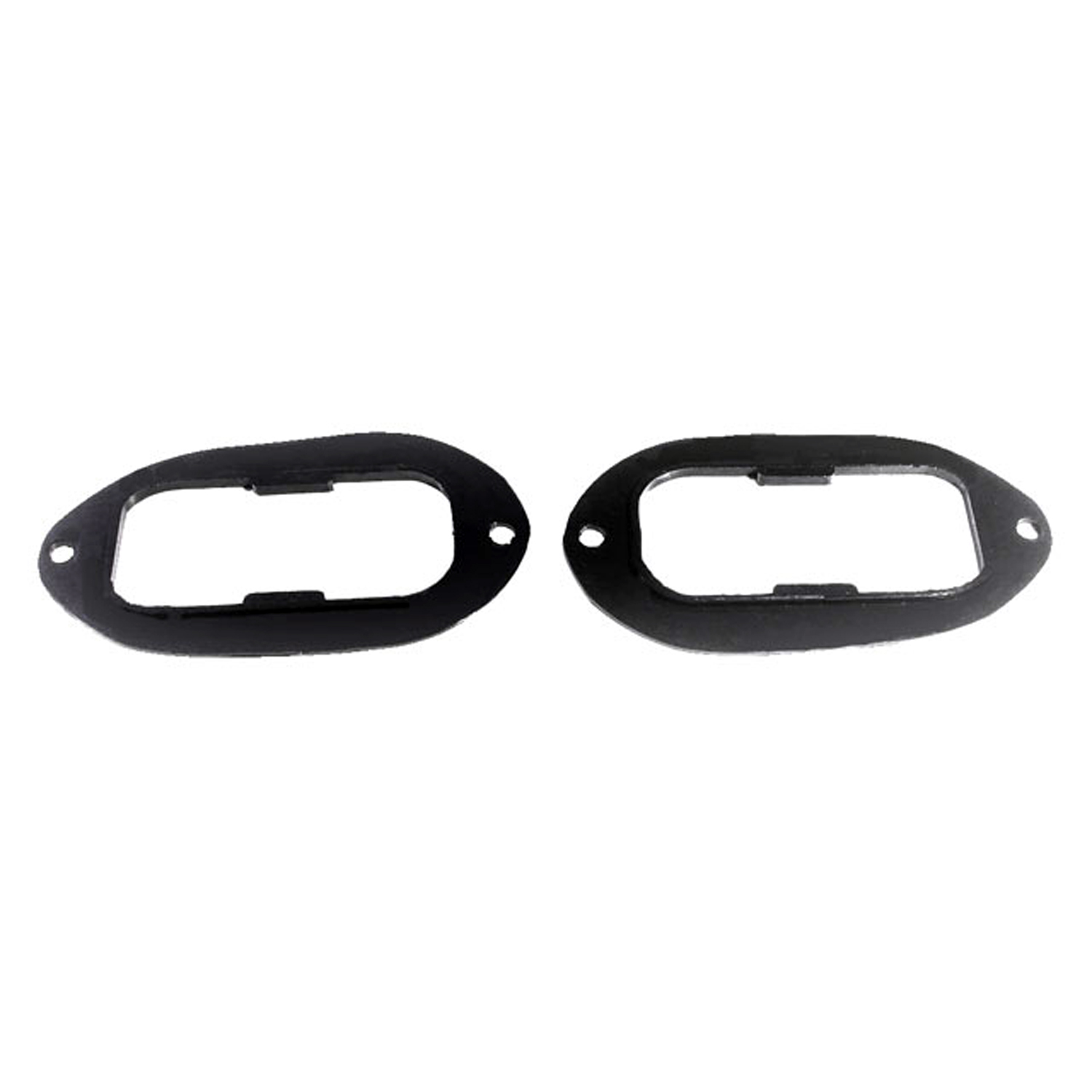 1956 Triumph TR3 Tail-light Lens Seals. Replaces OEM #574634-MP 999-DTail-light Lens Seals. Replaces OEM #574634. 2-1/2" wide X 4-7/8" long. Pair
1956 Triumph TR3 Tail-light Lens Seals. Replaces OEM #574634-MP 999-DTail-light Lens Seals. Replaces OEM #574634. 2-1/2" wide X 4-7/8" long. Pair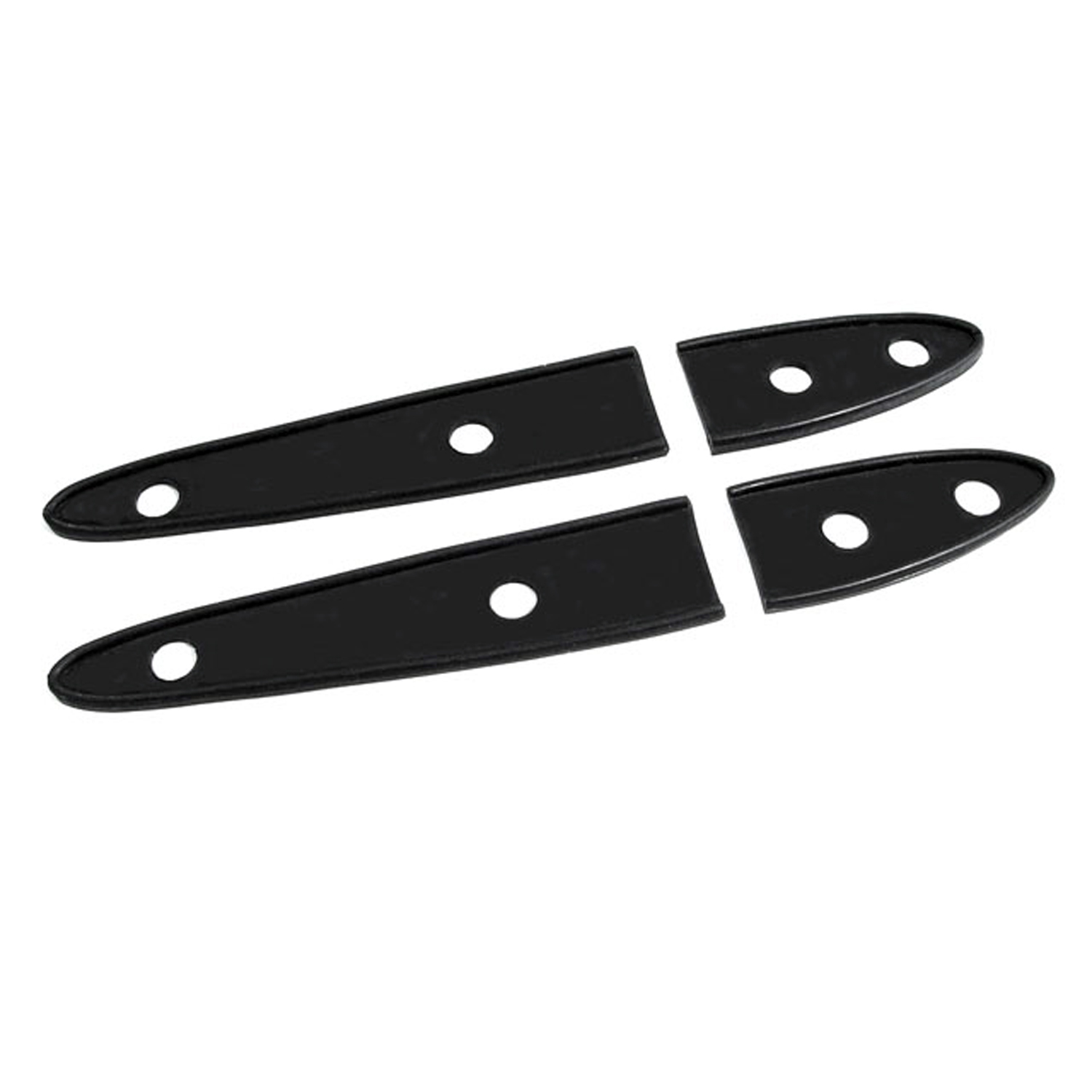 1956 Triumph TR3 Trunk Hinge Pads. 1-1/8" X 7" long. Set-MP 999-EETrunk Hinge Pads. 1-1/8" X 7" long. Set
1956 Triumph TR3 Trunk Hinge Pads. 1-1/8" X 7" long. Set-MP 999-EETrunk Hinge Pads. 1-1/8" X 7" long. Set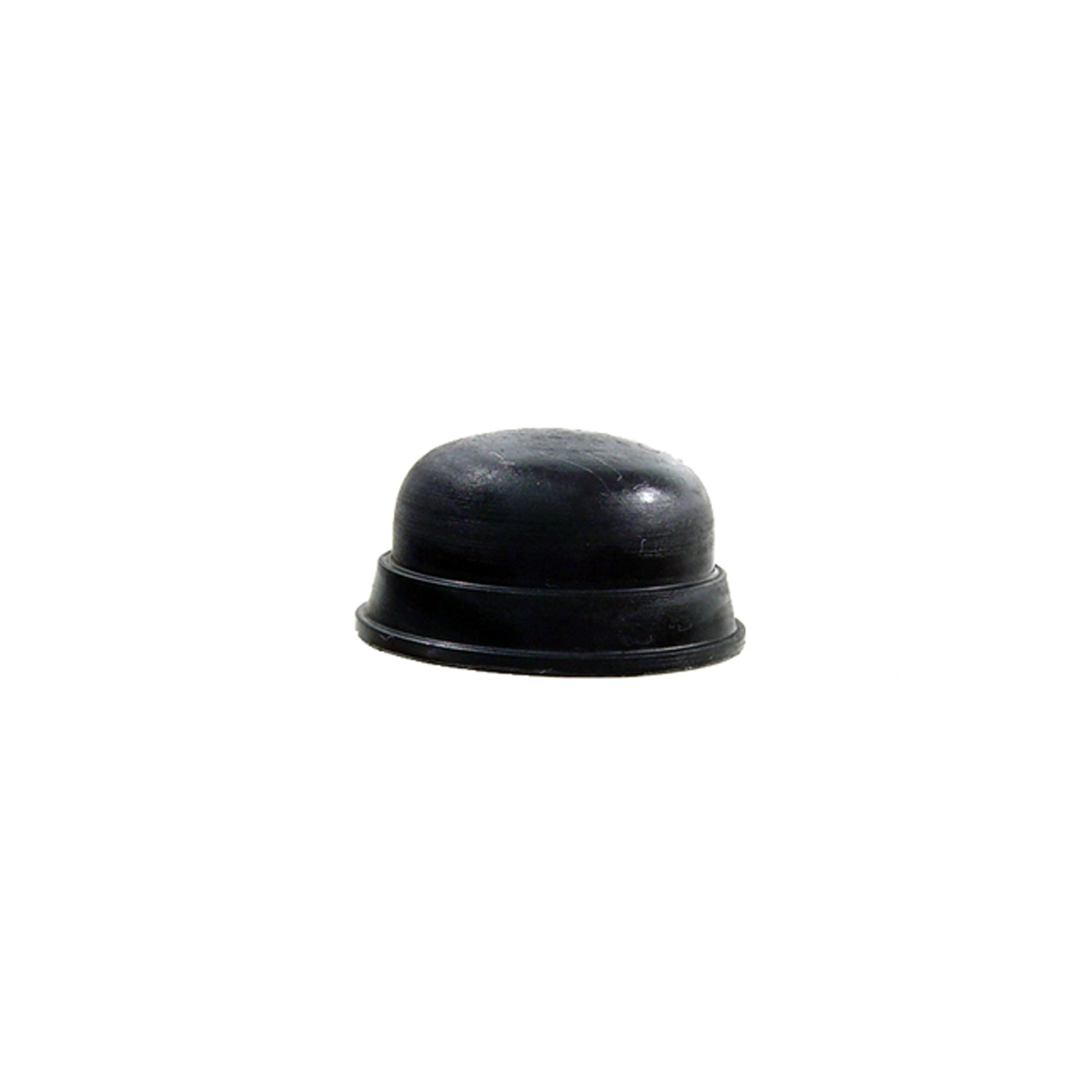 1956 Triumph TR3 Starter Solenoid Button Cover. Perfect reproduction. Each-RP 1Starter Solenoid Button Cover. Perfect reproduction. Each
1956 Triumph TR3 Starter Solenoid Button Cover. Perfect reproduction. Each-RP 1Starter Solenoid Button Cover. Perfect reproduction. Each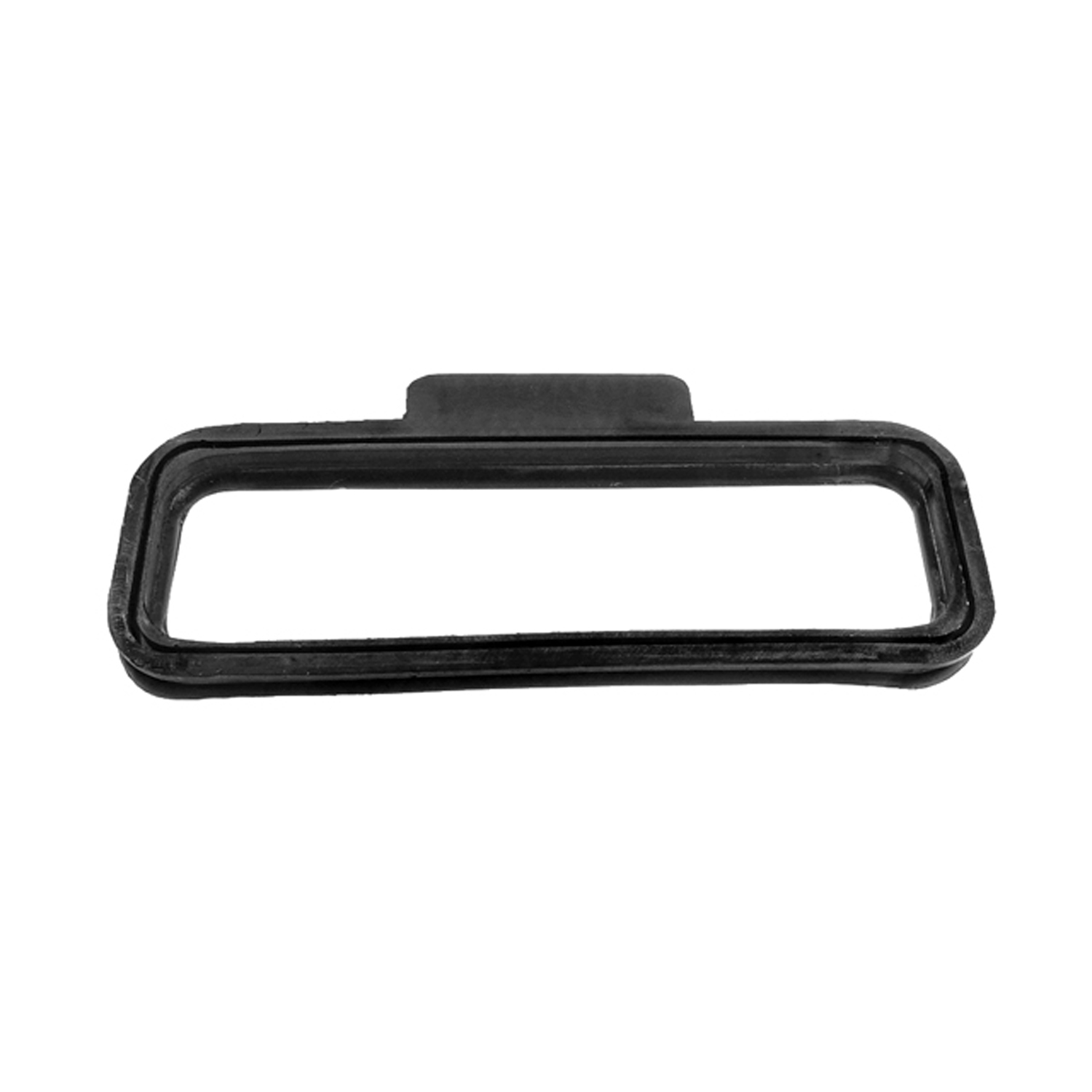 1956 Triumph TR3 Cowl Vent Seal-RP 100-ACowl Vent Seal. 2-1/2" wide X 7" long, with a 5/8" wide X 2-7/16" long projecting tab. Each
1956 Triumph TR3 Cowl Vent Seal-RP 100-ACowl Vent Seal. 2-1/2" wide X 7" long, with a 5/8" wide X 2-7/16" long projecting tab. Each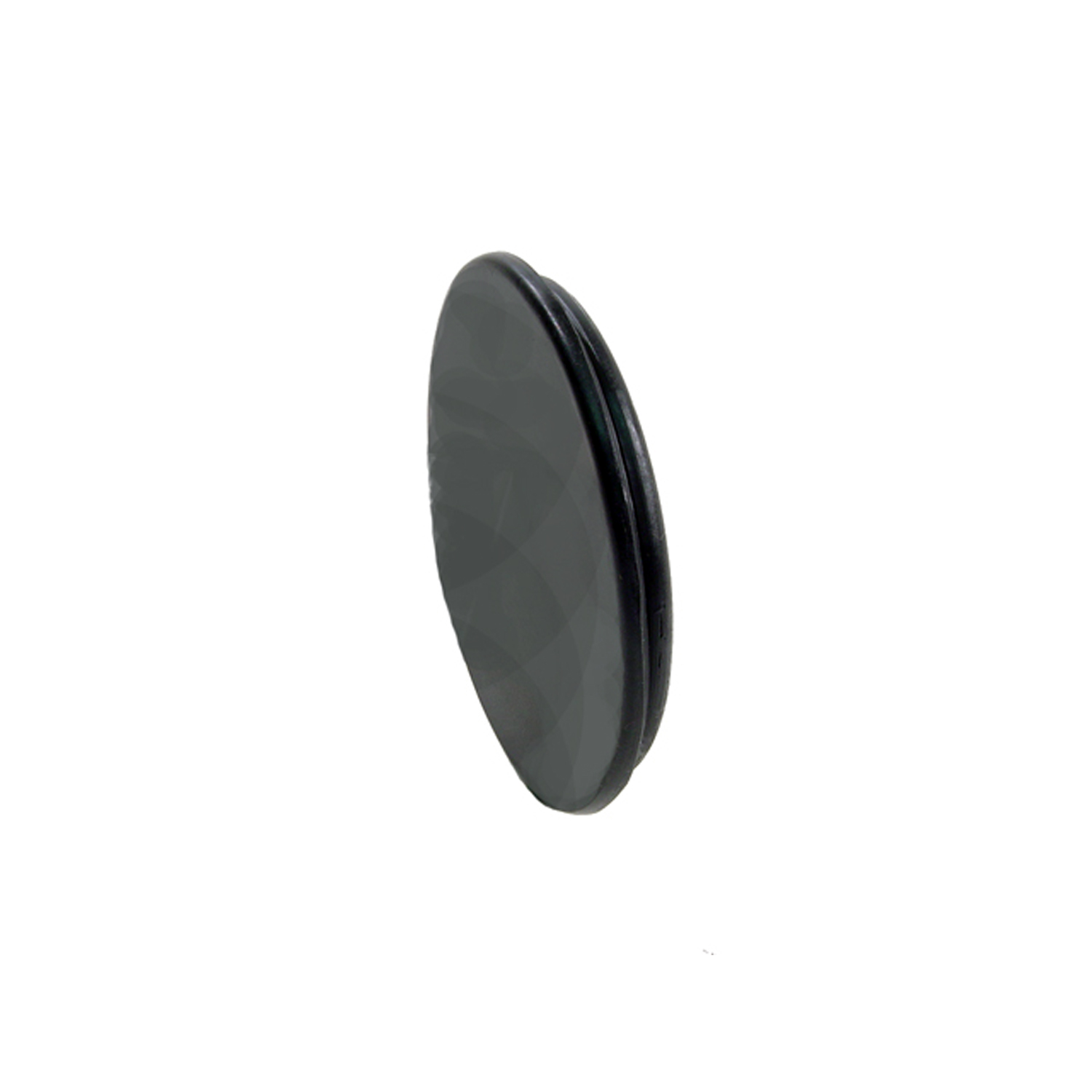 1956 Triumph TR3 Jack Socket Plug. Fits a 2-7/8" hole. Each-RP 91Jack Socket Plug. Fits a 2-7/8" hole. Each
1956 Triumph TR3 Jack Socket Plug. Fits a 2-7/8" hole. Each-RP 91Jack Socket Plug. Fits a 2-7/8" hole. EachWhy Choose Metro?
For over 100 years, Metro Moulded Parts has been the pinnacle of quality in classic car restoration parts. Our commitment to precision and authenticity in every component ensures a perfect fit and an OEM-level appearance.
- Expert Craftsmanship & Quality: Each part is a testament to our dedication to reliability and perfection, crafted from original designs and thoroughly tested.
- Advanced Technology: We use cutting-edge techniques to create flawless, long-lasting parts that surpass others in performance.
- SuperSoft Sponge – The Ultimate Door Seal: Not only are our door seals 30% softer than competitors', but they're also guaranteed to never leak. They effectively reduce wind and road noise, enhancing your classic car's comfort and driving experience.
- Proudly American: Our parts are a product of American craftsmanship, made in the USA with a spirit of excellence and heritage.
- Unrivaled Warranty: We back our products with a 30-year industry-leading warranty, a testament to our confidence in their quality.
Join us in preserving the legacy of classic cars with parts that are crafted for perfection, not just made.

